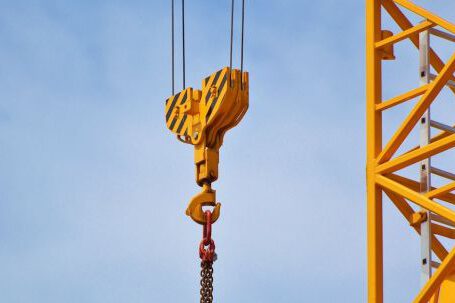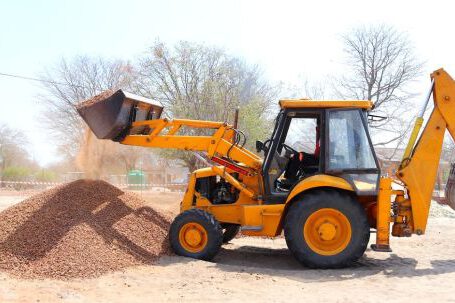The use of construction equipment is an essential part of the building process. Construction sites are increasingly becoming more complex, and the potential for accidents and injuries is higher than ever. Wearable technology can be used to help improve safety in construction equipment, by providing real-time monitoring and analytics.
Advancements in Wearable Technology
Wearable technology is a rapidly growing field, with a wide range of applications. Wearable devices are designed to be worn on the body and can be used to monitor a variety of activities. From tracking fitness and health data to providing real-time navigation, these devices are becoming increasingly popular. In the construction industry, wearable technology can be used to monitor the performance of heavy machinery, vehicles, and personnel.
Real-Time Monitoring and Analytics
Wearable technology can provide real-time monitoring and analytics for construction equipment operators. This is especially important in the case of heavy machinery, which is often operated in hazardous environments. By using sensors and other wearable devices, operators can be alerted to dangerous situations in real-time, allowing them to take action to prevent accidents or injuries. Wearable technology can also be used to monitor the performance of vehicles and personnel, allowing managers to make informed decisions about safety and productivity.
Improved Safety and Efficiency
The use of wearable technology for construction equipment can help to improve safety and efficiency on the job site. By providing real-time monitoring, operators can be alerted to potential hazards and can take action to prevent accidents or injuries. Wearable technology can also be used to monitor the performance of vehicles and personnel, allowing managers to make informed decisions about safety and productivity. Additionally, wearable technology can be used to track the maintenance and repair of equipment, helping to reduce downtime and increase efficiency.
Cost Savings
The use of wearable technology in construction equipment can also help to reduce operational costs. By providing real-time monitoring and analytics, operators can be alerted to potential hazards and can take action to prevent accidents or injuries. Furthermore, the use of sensors and other wearable devices can help to reduce downtime and increase efficiency, resulting in cost savings.
Conclusion
Wearable technology is an increasingly important tool for improving safety in construction equipment. By providing real-time monitoring and analytics, operators can be alerted to potential hazards and can take action to prevent accidents or injuries. Additionally, the use of wearable technology can help to reduce operational costs, as well as improve safety and efficiency. As technology continues to advance, the potential for using wearable devices to improve safety in the construction industry is only going to increase.






